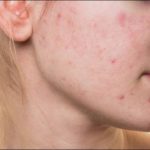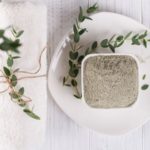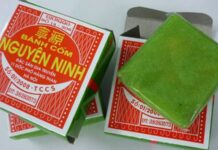Houses need greenery to enhance the landscape and purify the air. Many people like to grow plants indoors because they not only help to decorate and clean the air, but also have feng shui and relaxing meanings. However, some indoor plants are toxic. And young children are not aware of keeping themselves safe. So you should consider carefully when planting the following types of plants:
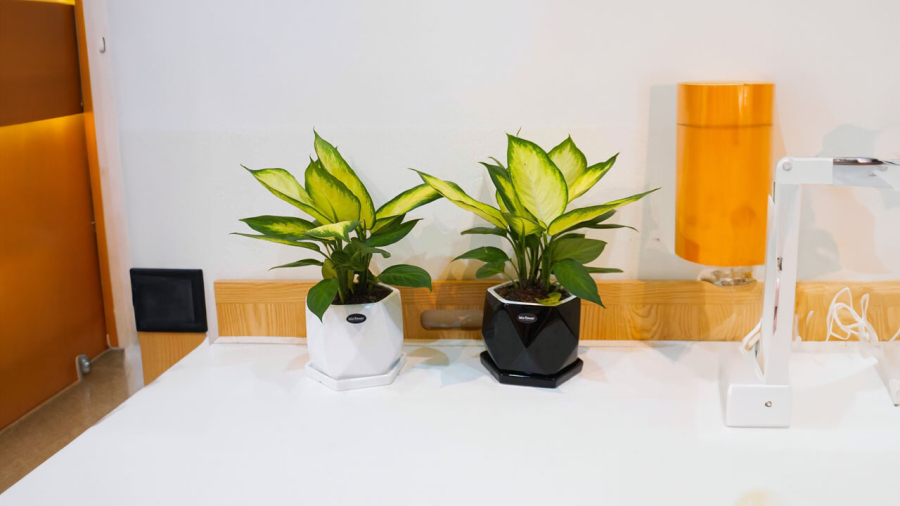
Vạn niên thanh – can cause speechlessness when consumed
The leaves of vạn niên thanh are very beautiful, so many people like to grow them. However, in folklore, this plant is also called “cây câm” (dumb plant). This means that eating a lot of its leaves can cause side effects such as burning and not being able to speak. This is because vạn niên thanh contains oxalic acid, and when children eat it, it can cause dangerous mouth swelling. The symptoms when consuming this plant include sore throat, diarrhea, hoarseness, drooling, nausea, vomiting, swallowing pain, mouth and tongue swelling. Experts also say that other adverse effects include skin and eye irritation, corneal damage.
If a child accidentally eats it, you should wipe their mouth with a cold cloth to help them spit out, and clean their face. In severe cases, take them to the emergency room for gastric lavage.
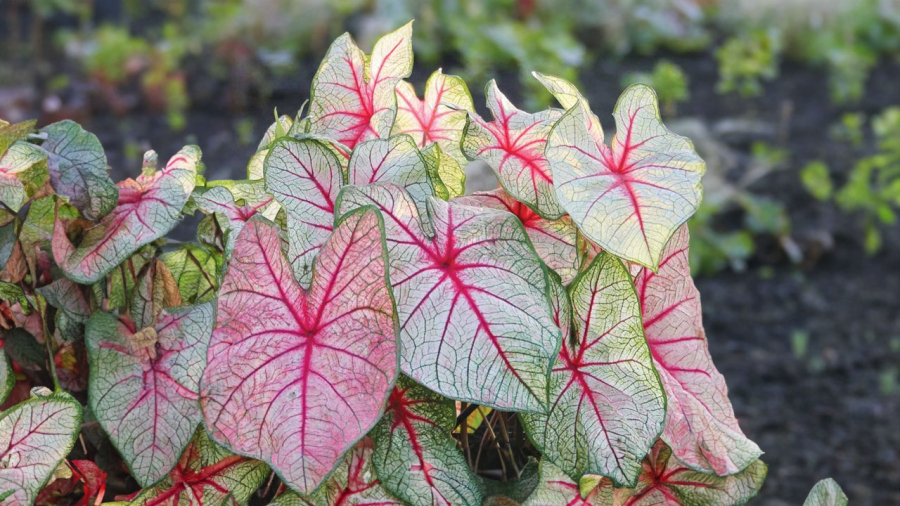
Cây môn cảnh (Zamioculcas zamiifolia)
The leaves of cây môn cảnh are beautiful with a pink color, but it is harmful because it contains oxalate crystals similar to vạn niên thanh. This plant can also cause eye and skin irritation.
Symptoms when consuming parts of cây môn cảnh include burning or swelling in the mouth or throat, mouth, tongue swelling, hoarseness, difficulty speaking, nausea, vomiting, diarrhea. If a child’s eye comes into contact with the leaves, it can cause eye pain and corneal damage.
Cây trúc đào (Dieffenbachia)
Trúc đào is a popular ornamental plant with beautiful flowers, but you should not grow it because it contains toxins that can cause death. Eating trúc đào leaves can be fatal, and some people have even committed suicide using this plant.
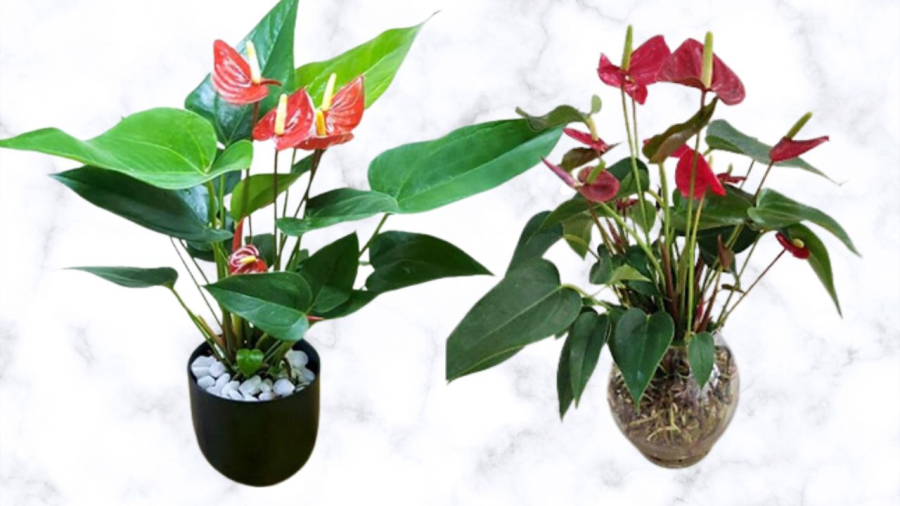
Cây hồng môn (Anthurium andraeanum)
Cây hồng môn is loved by many people because of its beautiful white flowers in the shape of a heart. But if a child eats its leaves, they will feel a burning sensation, pain, swelling in the mouth, difficulty swallowing, and hoarseness.
Trầu bà lá xẻ (Codiaeum variegatum)
This is a new and beautiful trầu bà plant that is loved by many people. The leaves are green and have a beautiful shape, but they also contain oxalate crystals. Trầu bà lá xẻ can also cause skin and eye irritation.
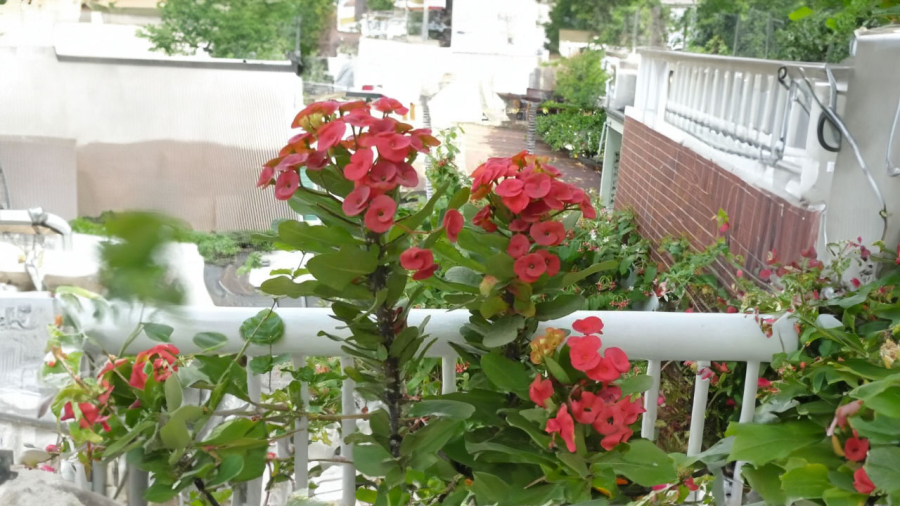
Cây xương rồng bát tiên (Euphorbia milii)
This plant has many sharp thorns, so it is not suitable to be grown in houses with young children because they can get pricked by the thorns. Moreover, the sap of the plant is white and cloudy, and it can cause burning and a feeling of discomfort, especially if swallowed, it can cause immune system suppression. If it gets in the eyes, it can cause blindness or visual impairment.
Cây Lan ý (Phalaenopsis)
Cây Lan ý blooms with beautiful white flowers, so it has beautiful names such as “vỹ hoa trắng” (white beauty), “huệ hòa bình” (peaceful orchid). However, this plant can also cause irritation in the mouth and throat, swelling of the lips, coughing, nausea, and vomiting.
Cây kim tiền (Crassula ovata)
Kim tiền is a common indoor plant. However, all parts of the plant contain toxins, and if chewed or swallowed, it can immediately cause pain or a burning sensation, swelling of the lips, mouth, tongue, and throat.
If you have these plants at home, you should teach your child not to touch or chew them. Keep them out of reach of children, just like teaching them to stay away from electrical outlets.
























